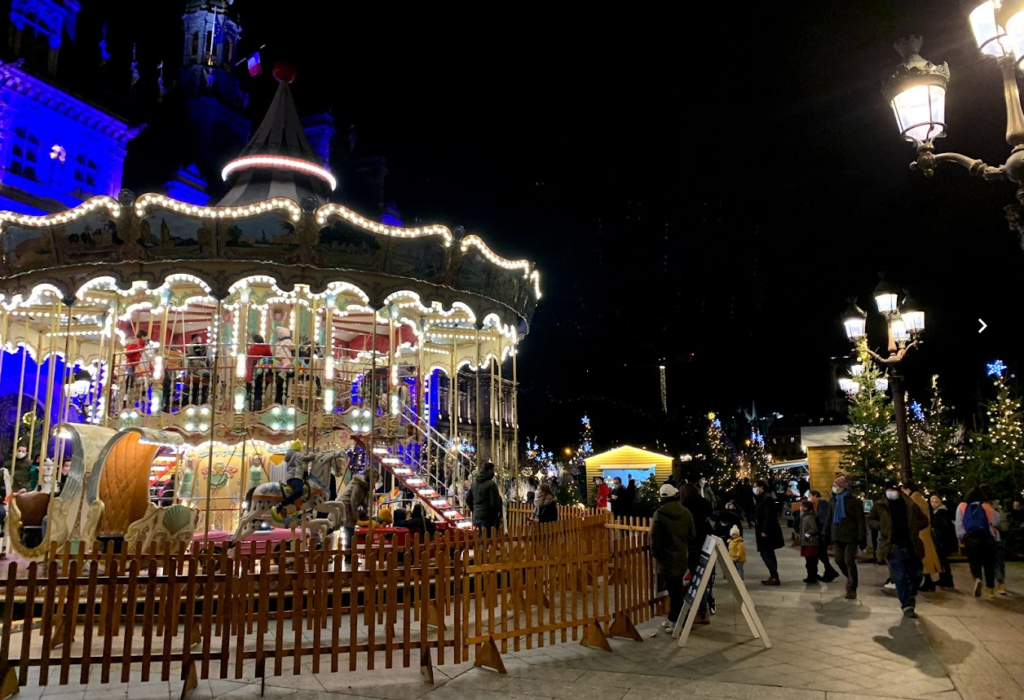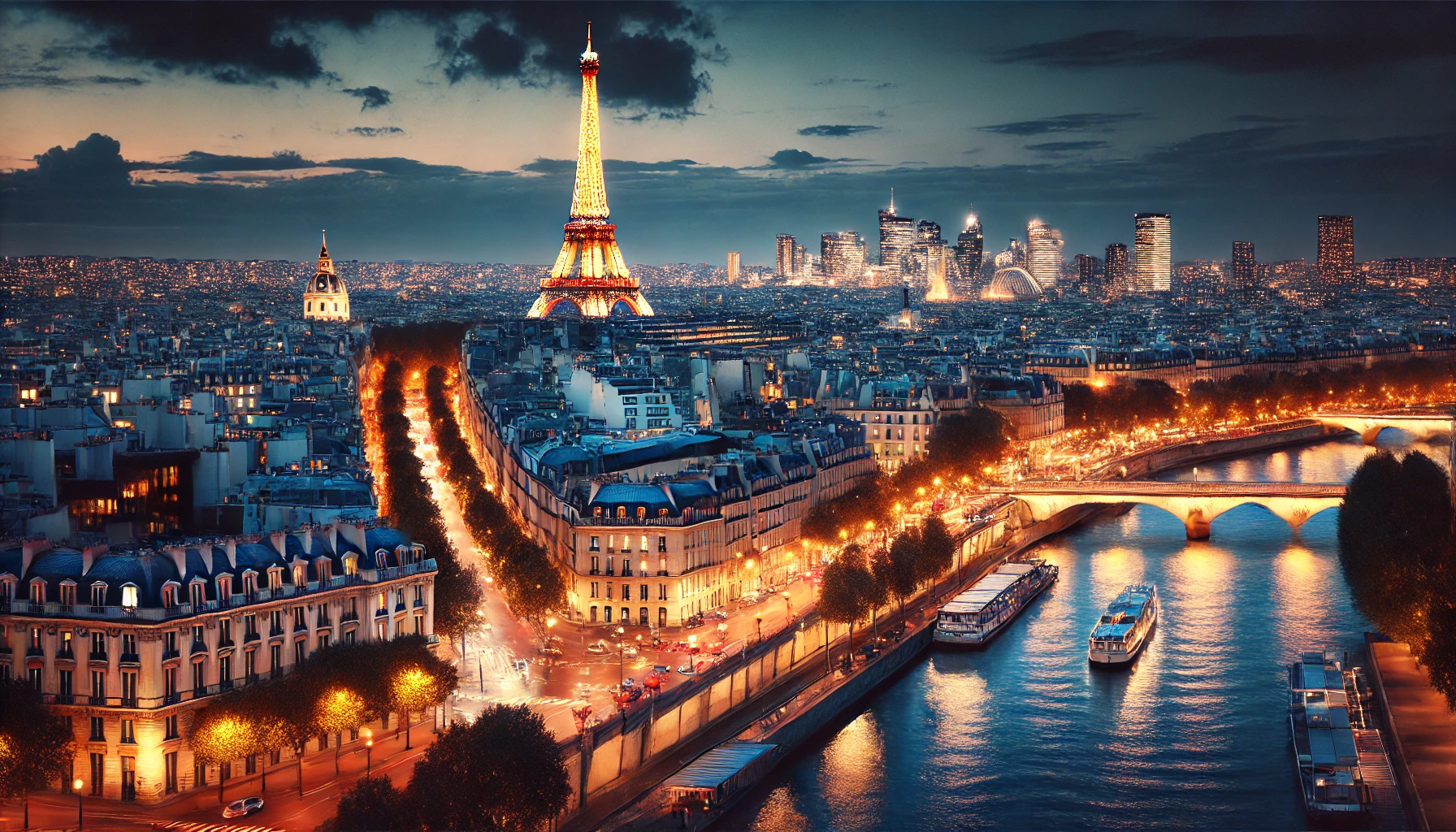Paris, the “City of Light”—a nickname that resonates worldwide, evoking history, progress, and cultural allure. But what does this title really mean, and where does it come from? This celebrated moniker has its roots in events that established Paris as a pioneer in public lighting and intellectual influence, a legacy it proudly upholds to this day.
The First Public Lighting Under Louis XIV
Paris’s journey as the “City of Light” began in the 17th century, during the reign of Louis XIV. In 1665, the city installed its first public lighting system, a revolutionary initiative led by the head of Paris’s police force, Gabriel Nicolas de La Reynie. At the time, Paris’s streets were notorious for their danger after dark, often becoming hazardous zones for the city’s residents. Thousands of lanterns were installed across Paris, transforming its dark and foreboding streets into safer spaces. Although this initiative came at a high cost, it set a new standard for urban safety and made Paris a model for European cities to emulate.
The First Experiments with Electric Lighting in the 19th Century
In the 19th century, Paris continued to lead in lighting innovation. In 1844, the city began experimenting with electric lighting in public spaces, sparking curiosity and excitement about this new technology. Although other cities would be the first to implement gas and electric lighting on a large scale, Paris’s dedication to exploring this new frontier solidified its reputation as a center of progress.
By 1881, Paris was ready to host the world’s first International Exposition of Electricity. Engineers and financiers came together to showcase the potential of electric lighting, attracting an international audience and cementing Paris’s role as a beacon of modernity. The success of the exposition underscored the city’s status as a capital of science, art, and technological advancement, further solidifying the nickname that had begun to take hold.

The 1900 World’s Fair and Global Recognition
Paris’s official adoption of the “City of Light” nickname came during the 1900 World’s Fair. Determined to demonstrate its modernization efforts, the city used the event to showcase its progress in electric lighting, rivaling other major cities like New York, which had already embraced widespread electric illumination. The city’s illuminated avenues and landmarks astonished the global audience, projecting an image of Paris as a place where art, science, and culture converged in spectacular fashion.
The nickname quickly became a marketing tool, symbolizing Paris’s standing as an intellectual and cultural hub of the era. “City of Light” now referred not only to Paris’s literal lights but also to its role as a model of elegance and innovation, drawing creative minds and intellectuals from around the world.
Paris Today: A Legacy of Light and Modern Innovation
Today, Paris still lives up to its title as the “City of Light.” Iconic landmarks like the Eiffel Tower, which sparkles every evening, remind visitors of this heritage while embracing modernity. Paris has also taken a leading role in sustainable lighting technologies: recent urban renovations incorporate LED systems, solar panels, and energy management solutions, reducing the city’s carbon footprint while preserving its legendary brilliance.

The title “City of Light” represents more than a historical chapter. It symbolizes Paris’s ongoing evolution, balancing tradition with forward-thinking innovation. The city continues to reinvent itself, with one foot rooted in history and the other firmly focused on the future—a true pioneer, just as it has always been.

